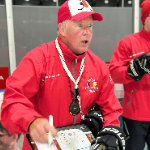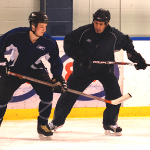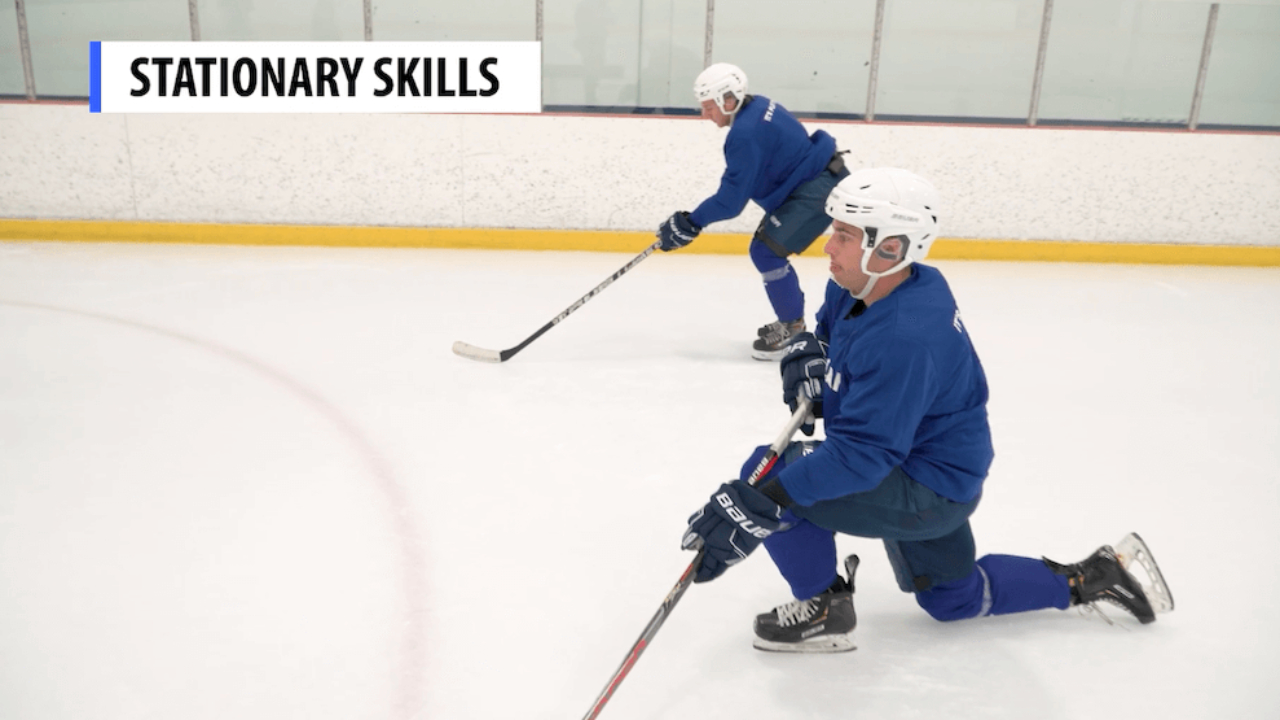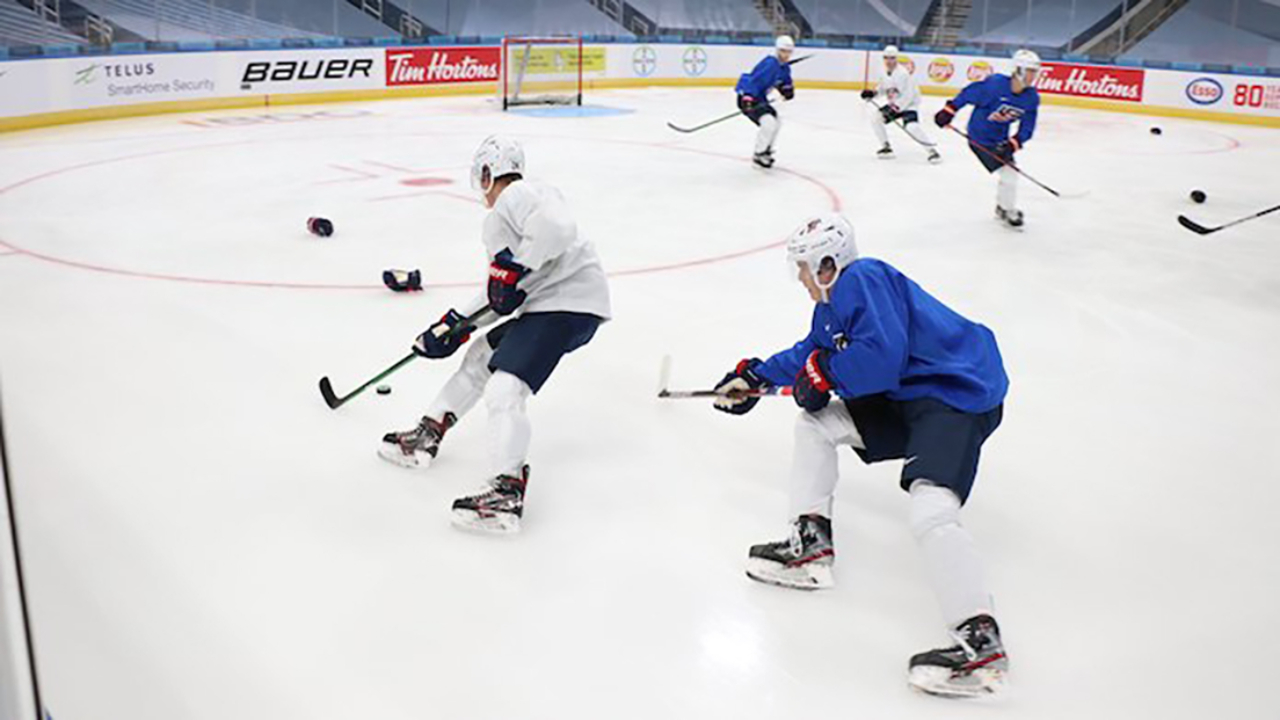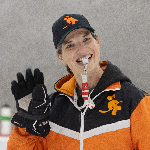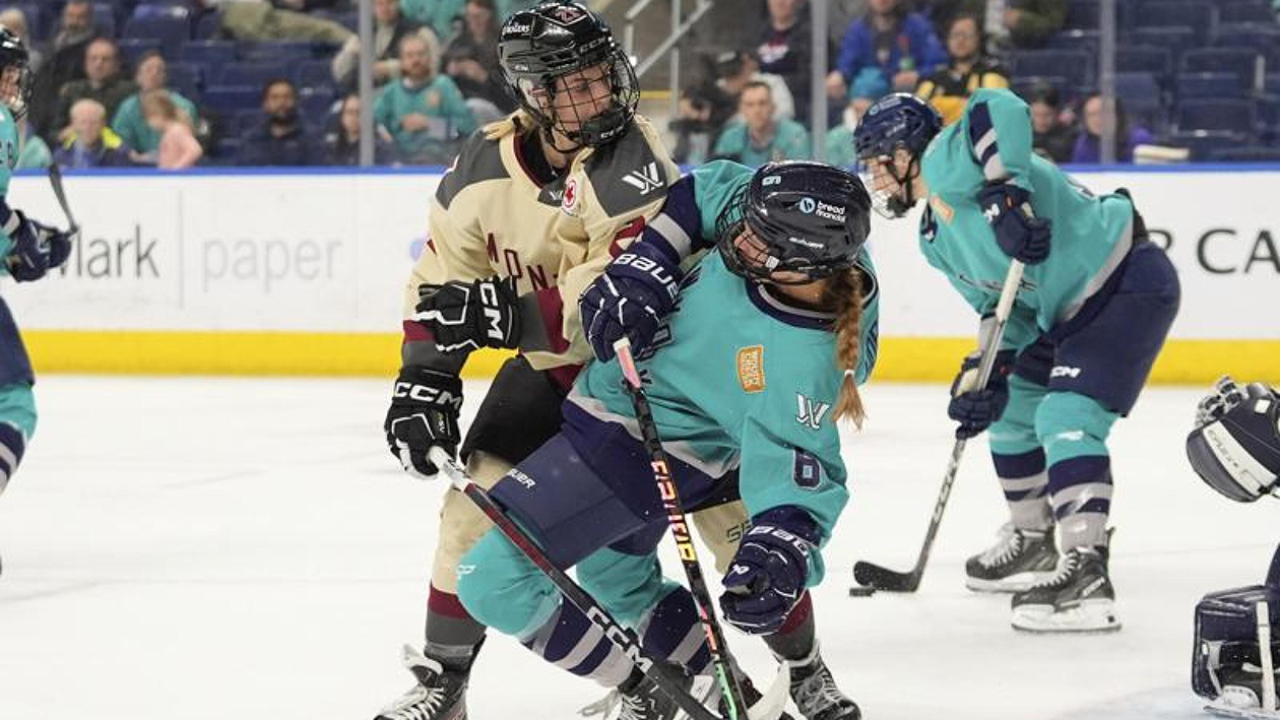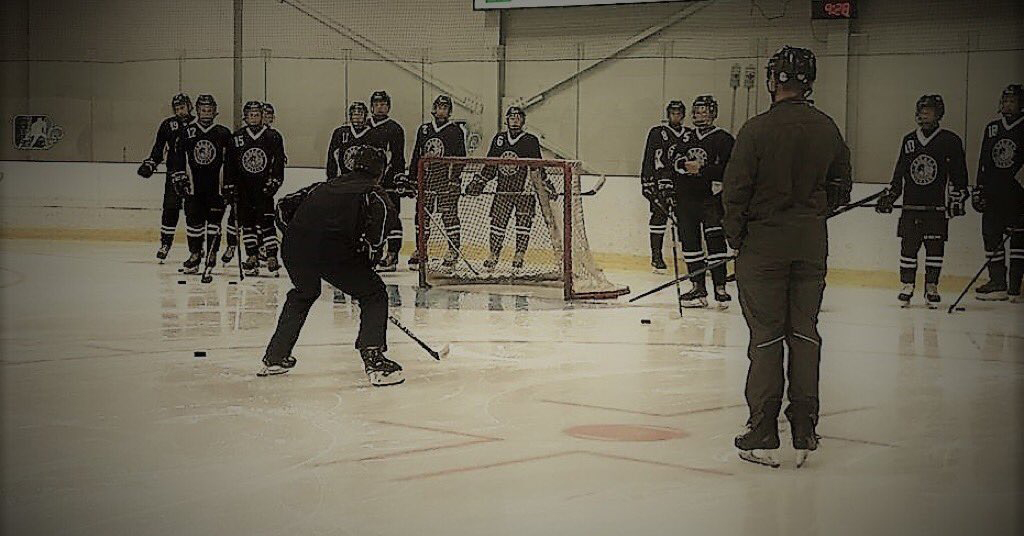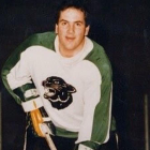Mastering the Bear Crawl Hold for Hockey Players
Most athletes underestimate how powerful this simple position can be. The bear crawl hold might look basic, although when performed correctly, it’s one of the most effective ways to build the foundation every hockey player needs to create a strong, stable core that can handle contact and transfer power through every stride.
Why the Bear Crawl Hold Matters
Every stride and battle starts with a stable core.
If your trunk can’t create stiffness and control, the force from your legs leaks out before it ever reaches the ice — and that means less power in every stride, less balance in every battle, and fewer pucks protected.
Core stability isn’t just about holding a plank. It’s about learning how to brace, breathe, and move as one unit so you can stay strong on the puck, absorb contact, and keep your position even under pressure.
The bear crawl hold is one of the first drills I teach to build that foundation.
It teaches your body to stay solid while everything around you is trying to knock you off balance, which is exactly what happens in a real game.
If you want to protect more pucks, start by training your core to do its job: transfer power, not lose it.
The bear crawl hold trains your body's ability to brace through your entire midsection by teaching your body how to stabilize under pressure so that your strength and speed actually transfer. It’s the difference between gym strength and on-ice strength.
How to Set It Up Correctly
-
Hands under shoulders, knees under hips.
Keep your toes dug into the ground. This setup locks your body into a strong athletic position. -
Elevate the knees slightly.
Just a few inches off the ground until hip height is the same as shoulder height. That small lift forces your core to engage immediately. -
Maintain a flat back.
Don’t round your upper back or let your hips drop. You want a straight line from shoulders to hips. -
Create tension through your body.
Pull your ribs down, squeeze your glutes, and push gently into the floor. You’re not resting — you’re working to hold this position. -
Breathe under tension.
Inhale through your nose, filling your abdomen. Exhale through your mouth with control. This activates your deep core muscles like the transverse abdominis, which creates the stability that we're looking for rather than only relying on superficial abs or lats.
Key Coaching Points
-
Muscular stability beats joint stacking.
Don’t lean on your joints for support. Use your muscles. That’s how you build real strength and control. -
Fatigue exposes form.
When your back starts to round or your hips lift too high, that’s your cue to reset. Proper form matters more than duration. -
No equipment needed.
You can do this anywhere — before practice, at home, or in the gym. Consistency is what builds the neural control and endurance that carry over to your game.
Why It’s a Game-Changer for Hockey
Hockey is a contact sport. You’re constantly resisting hits, absorbing impact, and trying to stay balanced while generating force. The bear crawl hold trains your body to stay solid when those unpredictable moments happen, like when you get bumped, change direction, or fight for position along the boards.
By learning to stabilize through your core and breathe under pressure, you’ll skate with more efficiency, absorb contact better, and recover faster.
It’s a simple drill, and when it’s done correctly and with purpose, it becomes a major performance advantage.
The Bottom Line
The bear crawl hold is more than just a core exercise — it’s a hockey movement pattern.
It builds the foundation for power, balance, and control in every stride and every shift.
Train with purpose. Play with confidence. Build strength that actually transfers to the ice.
About the Author
Travis Martell is the founder and head coach of Martell Elite Fitness, specializing in off-ice development for hockey players.
📲 Follow on Instagram: @martell.elite.fitness


